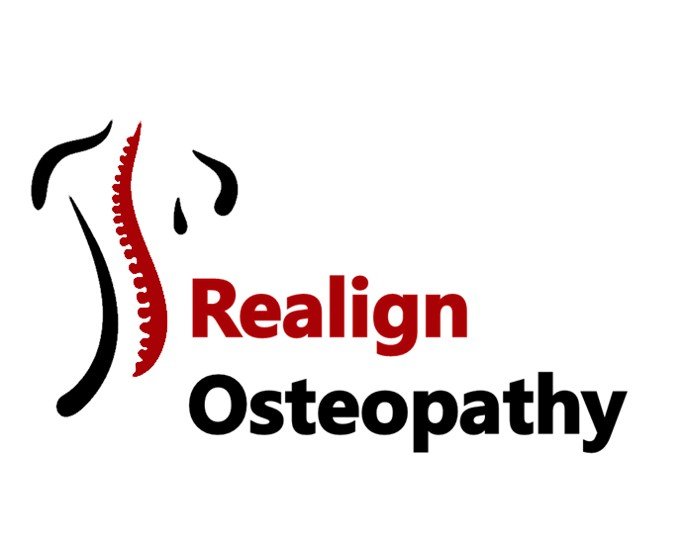Helpful Tips
How to fix your lower back pain without joining the gym
Up to 80% of people suffer from low back pain at some point in their lives. Thankfully, most low back pain resolves within 6 weeks with simple, conservative treatments and advice.
Low back pain has recently been found to be the leading cause of disability worldwide. Low back pain is more disabling than any other medical condition and this begs the question: why is LBP so common?
Static postural loading patters are a common cause for lower back pain. The way we stand, sit or lie for extended periods can put excessive pressure on many muscles and joints. Over time these structures become overloaded and fatigue causing pain and weakness.
What can we do to manage this problem? Apart from getting some treatment, staying active and continuing to move is always the best option. Also being mindful of our habits and postures can definitely help with overloading certain areas.
When standing for long periods make sure you are standing on both legs without locking yours knees out. Maintaining a strong core and keeping some movement will help.
When sitting for long periods make sure you are balanced on both sit bones, not crossing your legs and try and get up and move around as much as you can.
When lying in bed on your side, grab a small pillow and place it between your knees, stack your hips, knees and feet to maintain a neutral pelvis. Once again try and move around and lie on both sided of your body.
General exercise is definitely important but also maintaining a neural spine and pelvis also helps.
Lower Back Pain and Cycling
Lower back pain is one of the most common complaints of cyclist and the frequency is rising as the population ages.
There are many causes of lower back pain. But for cyclists, the causes are fairly simple: Either a poor bike fit or riding position. If you have an existing lower back issue, poor bike fit can make it even worse.
According to studies, the most common cause of back pain is leg length inequality, either structural or functional. Structural inequalities are from birth or pathology (broken leg). Functional inequalities are commonly from lower back issues or pelvic imbalances and can easily be corrected with some manual therapy and exercises.
Incorrect bike fit can also be a contributing factor. Seat too high or low or too much reach to the handlebars can also contribute to lower back pain.
If back pain is a problem, it’s better to get a bike fit from a medical professional.
Postural loading patterns and lower back pain
Understanding Postural Loading Patterns and Lower Back Pain
Lower back pain is a prevalent issue affecting millions worldwide, often linked to postural loading patterns that place excessive strain on the lumbar spine. These loading patterns, influenced by daily activities and occupational demands, significantly contribute to the onset and persistence of lower back discomfort.
Sedentary Lifestyle and Prolonged Sitting
In today's digital age, prolonged sitting has become ubiquitous, whether at desks, during commutes, or while engaging with electronic devices. This sedentary behavior encourages poor posture characterized by slouched positions and rounded shoulders, placing increased pressure on the lumbar discs and spinal structures. Over time, this habitual loading pattern can lead to muscle imbalances, reduced spinal flexibility, and heightened susceptibility to lower back pain.
Occupational Hazards and Heavy Lifting
Occupations requiring heavy lifting or repetitive bending place significant mechanical stress on the lower back. Jobs in construction, healthcare, and manufacturing often involve tasks that necessitate awkward postures or frequent lifting without proper ergonomic support. These activities strain the lumbar spine, leading to microtrauma, muscle strain, and potential disc herniations. Improper lifting techniques further exacerbate these risks, emphasizing the critical need for ergonomic training and equipment to mitigate lower back strain.
Impact of Technological Devices
The proliferation of technological devices has revolutionized communication and productivity but also introduced postural challenges. Prolonged use of smartphones, tablets, and laptops often encourages a forward head posture, rounded shoulders, and a flexed spine. This posture, coupled with static muscle contraction, places undue stress on the cervical and thoracic spine, subsequently affecting the lumbar region. Awareness and corrective measures, such as ergonomic accessories and frequent breaks, are essential to counteract these adverse effects.
Athletic Activities and Biomechanical Strain
Even athletic endeavors, if executed with improper technique or inadequate warm-up, can contribute to lower back pain. Sports involving repetitive movements, sudden twists, or inadequate core stabilization can strain the lumbar spine and surrounding musculature. Overuse injuries, muscle spasms, and ligament sprains are common outcomes, underscoring the importance of proper conditioning, biomechanical awareness, and supervised training programs to safeguard against lower back injuries.
Holistic Approaches to Prevention and Management
Addressing postural loading patterns and their association with lower back pain requires a multifaceted approach. Incorporating ergonomic principles into daily routines, practicing regular stretching and strengthening exercises, and maintaining a balanced posture are pivotal in preventing chronic musculoskeletal issues. Furthermore, seeking timely intervention from healthcare professionals, such as physical therapists or chiropractors, can provide targeted treatments to alleviate existing pain, restore musculoskeletal function, and promote long-term spinal health.
Conclusion
Recognizing the impact of postural loading patterns on lower back pain is crucial for both prevention and management strategies. By adopting ergonomic practices, maintaining awareness of posture during daily activities, and prioritizing physical fitness, individuals can mitigate the risks associated with poor postural habits. Proactive measures not only alleviate current discomfort but also foster a sustainable approach to spinal health, ensuring a better quality of life and enhanced overall well-being.
Cycling & Osteopathy
Enhancing Cycling Performance and Recovery with Osteopathic Treatment
Cycling, whether pursued competitively or recreationally, places significant demands on the body. From endurance challenges to high-intensity sprints, cyclists often encounter various musculoskeletal issues and performance barriers. Osteopathic treatment, a holistic approach focusing on the musculoskeletal system's health, offers numerous benefits that can enhance both cycling performance and recovery.
Alignment and Posture Optimization
Central to osteopathic treatment is the alignment of the musculoskeletal system. Cyclists frequently adopt specific positions that can lead to imbalances or poor posture, causing strain on muscles and joints. Osteopaths assess and correct these misalignments through manual manipulation techniques. By restoring optimal alignment, cyclists experience improved biomechanics, reduced risk of overuse injuries, and enhanced efficiency in pedaling mechanics.
Injury Prevention and Rehabilitation
Cycling involves repetitive motions that can lead to injuries such as knee pain, lower back discomfort, and strained muscles. Osteopathic treatment focuses not only on alleviating existing pain but also on preventing injuries by addressing underlying issues. Through targeted soft tissue manipulation, joint mobilization, and therapeutic exercises, osteopaths help cyclists maintain flexibility, reduce muscle tension, and strengthen stabilizing muscles critical for injury prevention.
Enhanced Recovery and Muscle Function
Effective recovery is essential for cyclists to maintain peak performance and sustain training intensity. Osteopathic techniques promote blood circulation and lymphatic drainage, accelerating the removal of metabolic waste products such as lactic acid. This facilitates quicker recovery from intense training sessions or competitions, enabling cyclists to return to their training regimen with reduced muscle soreness and improved overall muscle function.
Stress Reduction and Mental Well-being
Cycling can be physically demanding and mentally challenging, particularly during competitive events or long-distance rides. Osteopathic treatment includes techniques that promote relaxation, alleviate stress, and enhance mental clarity. By addressing physical tension and improving circulation to the brain, cyclists may experience enhanced focus, reduced anxiety, and improved overall mental well-being, contributing to better performance outcomes.
Individualized Care and Performance Optimization
One of the key advantages of osteopathic treatment is its personalized approach. Osteopaths tailor their interventions to meet the specific needs and goals of each cyclist. Whether aiming to recover from an injury, improve flexibility, or enhance performance metrics like power output and endurance, osteopathic treatment provides a comprehensive framework to optimize physical health and performance.
Conclusion
Incorporating osteopathic treatment into a cyclist’s training regimen offers multifaceted benefits that extend beyond mere injury management. It promotes optimal alignment, prevents injuries, accelerates recovery, and enhances overall physical and mental well-being. By integrating osteopathic care into their routine, cyclists can achieve sustainable improvements in performance, resilience, and enjoyment of their sport. Whether preparing for a race or enjoying leisurely rides, osteopathic treatment stands as a valuable ally in the pursuit of cycling excellence and long-term musculoskeletal health.





